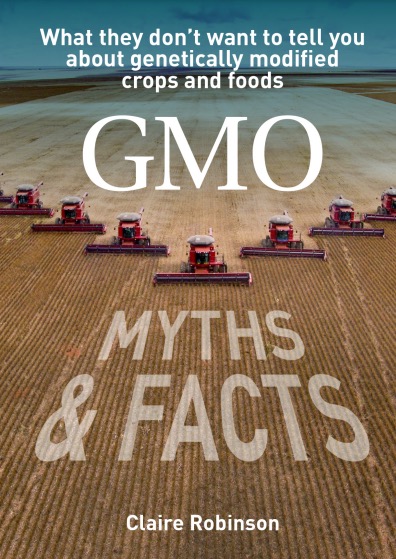NOTE: A new study provides a very interesting economic analysis of rainfed Bt cotton.
The study took place in Vidarbha - the main cotton belt of the Indian state of Mahrashtra, which has the largest area under cotton cultivation of any state in India.
The majority of cotton cultivation in Maharashtra is rainfed (over 90%), and the vast majority of Vidarbha's cotton farmers are small and marginal. In the village in this study, for example, the majority of farmers operated less than five acres of land. In addition, as the authors note "a very substantial proportion of cotton cultivation is on land that is intercropped with cereals and pulses."
This is very important because, as this study bears out, the financial gains to farmers from Bt cotton vary markedly according to how it is cultivated. The main beneficiaries appear to be farmers growing Bt cotton as a stand alone crop, but it is mostly a small minority of bigger farmers who are growing Bt cotton in this fashion. In the study village, 79% of cotton was grown on intercropped fields, and among small and marginal farmers intercropping was even more prevalent.
Bt cotton seeds are significantly more expensive than other varieties of cotton. And this study shows that for small and marginal farmers who usually intercrop cotton, their expenditure on chemical pesticides was also higher. The authors also note that "variability in production was also higher for Bt cotton than for other types of cotton."
This variability taken together with the high pesticide and seed costs for Bt cotton, could obviously place small and marginal farmers, who may already be encumbered with debt, in a very vulnerable position.
---
---
Are there Benefits from the Cultivation of Bt Cotton?
Review of Agrarian Studies Vol 1(1) January-June 2011
A Comment Based on Data from a Vidarbha Village
Madhura Swaminathan* and Vikas Rawal” 1
*Indian Statistical Institute, Kolkata, This email address is being protected from spambots. You need JavaScript enabled to view it..
” Jawaharlal Nehru University, New Delhi.
Abstract: This note examines costs and returns from the cultivation of different types of cotton in a rainfed village in the Vidarbha region of Maharashtra, India. While the pros and cons of GM cotton are extensively debated, there are only a few empirical studies on the economic performance of Bt cotton, particularly under rainfed conditions. The results from a detailed survey of farm business incomes show that Bt cotton was a clear leader in terms of production and gross value of output when grown as a stand-alone crop. However, on the fields of small and marginal farmers, where cotton was usually intercropped with sorghum (or other cereals and pulses), the relative income advantage of Bt cotton declined. Further, expenditure on chemical pesticides was higher for Bt cotton than for other varieties of cotton. Variability in production was also higher for Bt cotton than for other types of cotton.
Keywords: GM, Bt cotton, costs of cultivation, incomes, village, Maharashtra, India.
Link tio full article (requires subscription): http://www.ras.org.in/index.php?Article=ed519dacc89b2bead3f453b0b05a4a8b#A-title1









